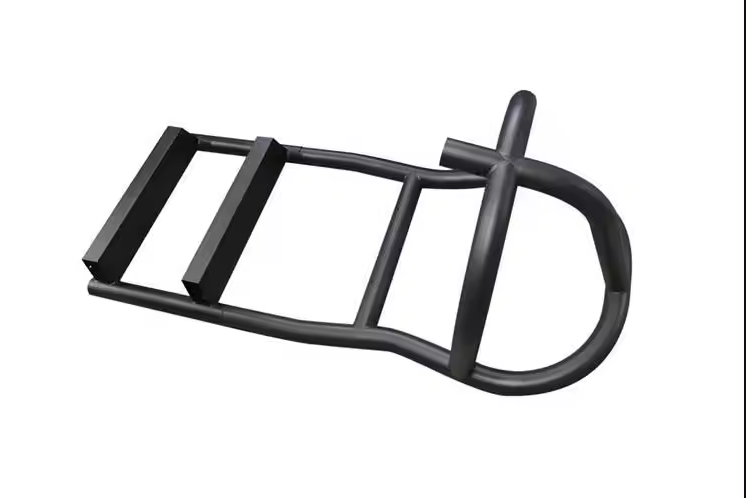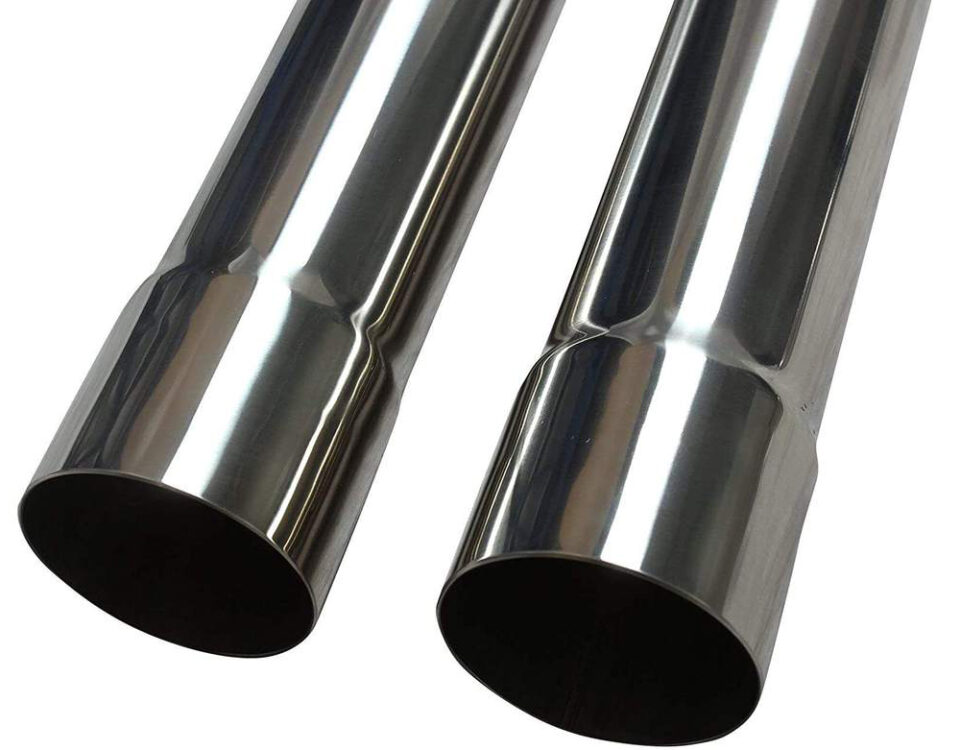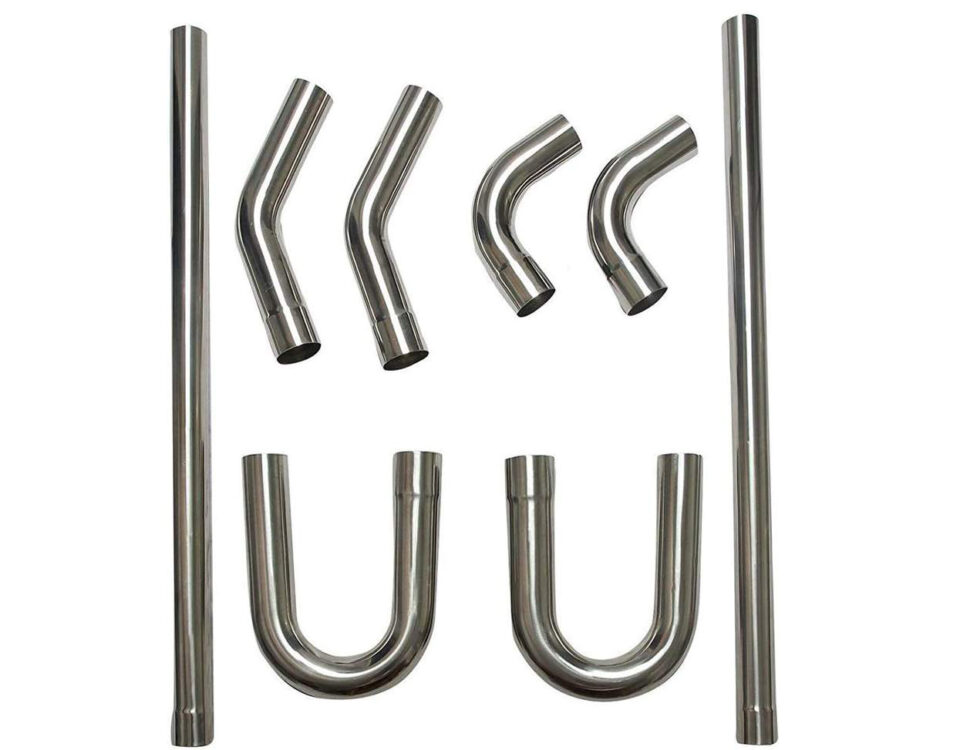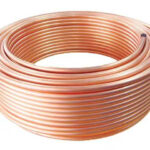
Induction bending
October 27, 2023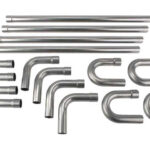
Thin-walled pipe bending
October 28, 2023Hydraulic pipe bending
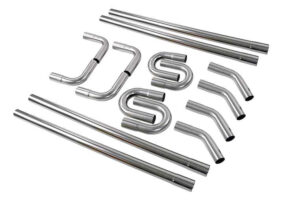 It is a specialized manufacturing process that involves using hydraulic power to bend pipes and tubes into desired shapes and angles. It is widely used across various industries, including construction, infrastructure, automotive, and manufacturing. In this article, we will explore the benefits and applications of hydraulic pipe bending, as well as its importance in modern manufacturing processes.
It is a specialized manufacturing process that involves using hydraulic power to bend pipes and tubes into desired shapes and angles. It is widely used across various industries, including construction, infrastructure, automotive, and manufacturing. In this article, we will explore the benefits and applications of hydraulic pipe bending, as well as its importance in modern manufacturing processes.
One of the key advantages of this kind of pipe bending is its ability to produce smooth and accurate bends. The hydraulic bending machine applies force evenly along the entire length of the pipe, ensuring a consistent bend without any distortion or kinking. This precision is crucial in industries where exact measurements and angles are critical for effective operation and fit, such as in plumbing, HVAC systems, and structural applications.
It offers a wide range of flexibility in terms of bending capabilities. With the use of different dies, a hydraulic bender can achieve various bend angles and radii, allowing for customization to meet specific design requirements. This versatility makes hydraulic pipe bending suitable for a range of applications, from simple bends to complex configurations.
Another advantage of hydraulic pipe bending is its efficiency and productivity. The hydraulic bending machine can handle multiple bends in a single operation, reducing the need for manual handling and increasing workflow efficiency. Additionally, hydraulic systems can provide significant force, allowing for bending of thicker and larger diameter pipes with ease. This speed and efficiency contribute to shorter manufacturing lead times and increased productivity, resulting in cost savings and faster project completion.
It is also a safer alternative compared to other bending methods. The hydraulic bender is equipped with safety features and controls that minimize the risk of accidents or injuries. Operators can precisely control the bending process, reducing human error and ensuring a safe working environment.
In industries such as oil and gas, where pipelines play a critical role in transporting fluids and gases, hydraulic pipe bending is vital. It allows for the creation of customized bends in pipelines, enabling them to navigate around obstacles and follow the contours of the terrain. This enhances the efficiency and functionality of the pipeline system, reducing the need for additional fittings and joints.
In conclusion, hydraulic pipe bending is a highly efficient and versatile manufacturing process that offers numerous benefits across various industries. Its ability to produce precise bends, its flexibility in achieving different angles and radii, and its safety features contribute to its widespread use in construction, infrastructure, automotive, and manufacturing sectors. As technology continues to advance, hydraulic bending machines will likely become even more sophisticated, further enhancing their capabilities and applications.

